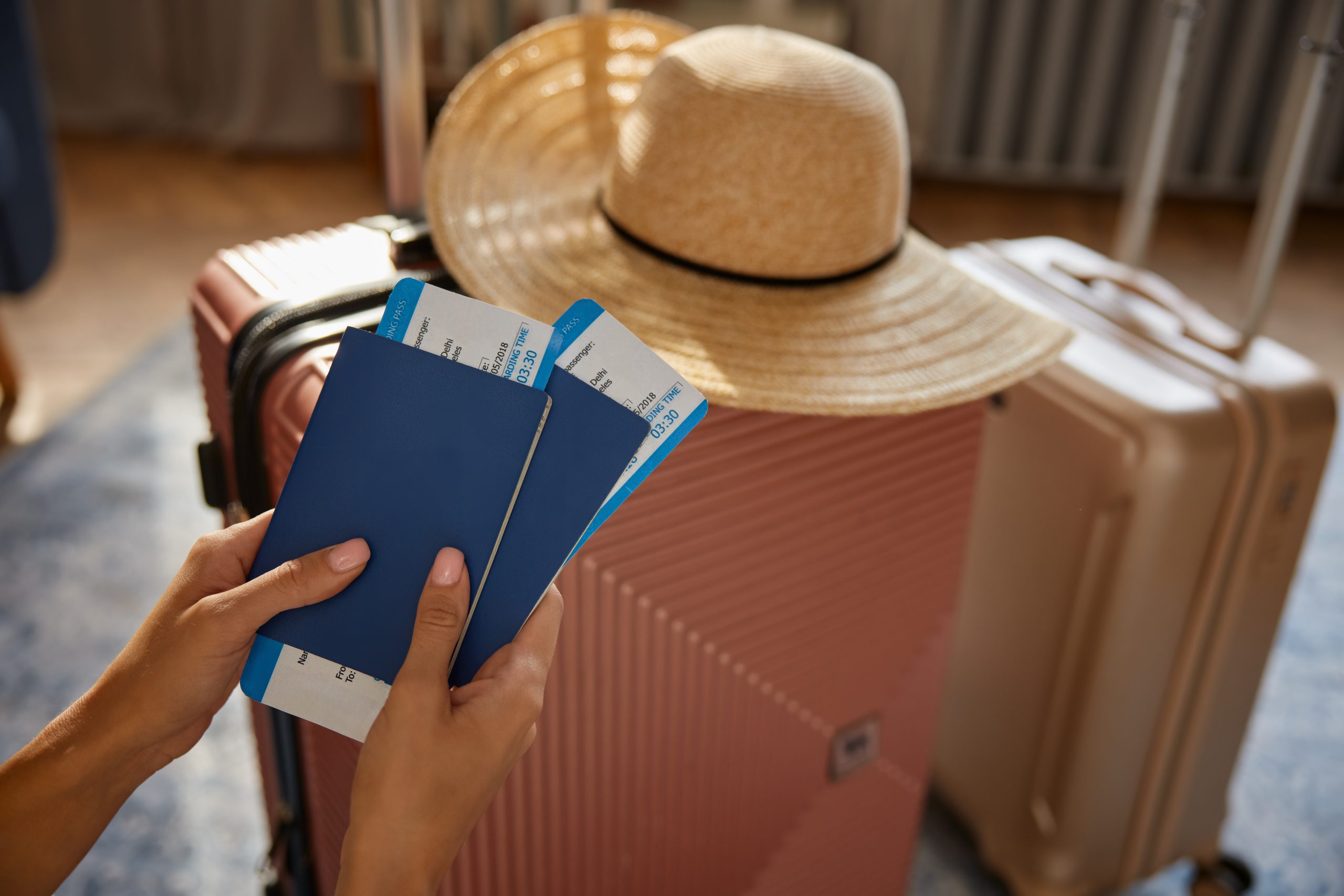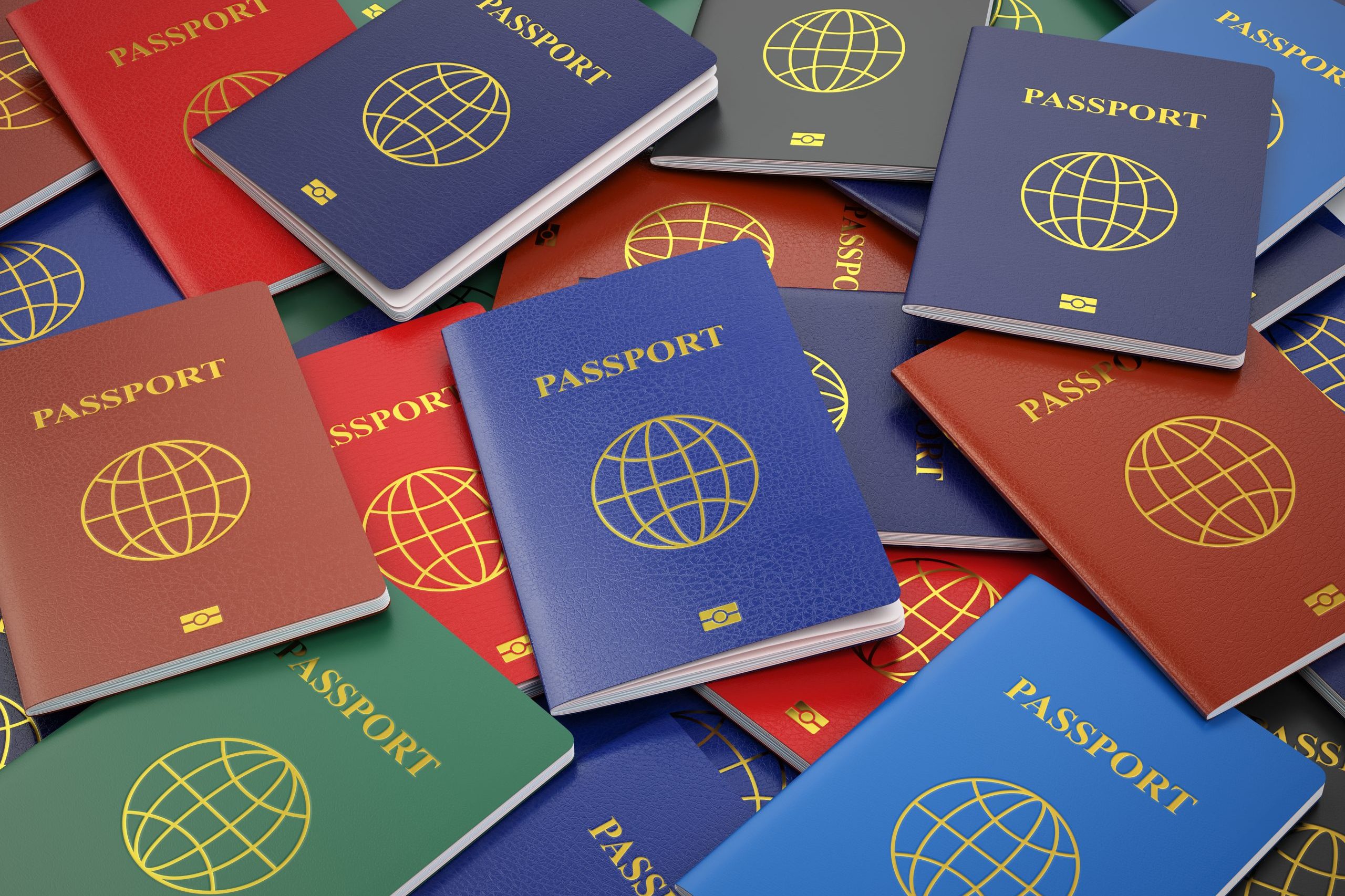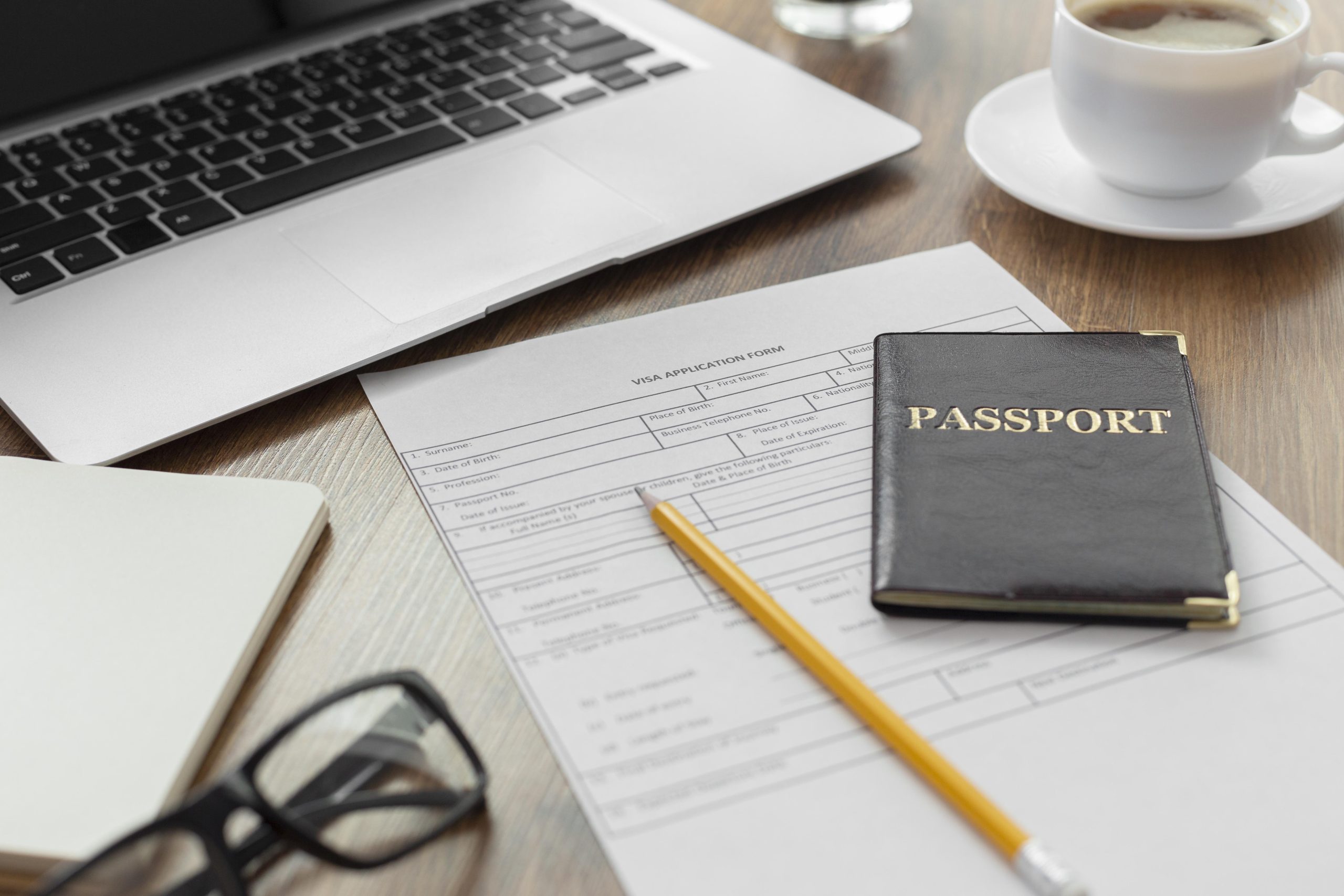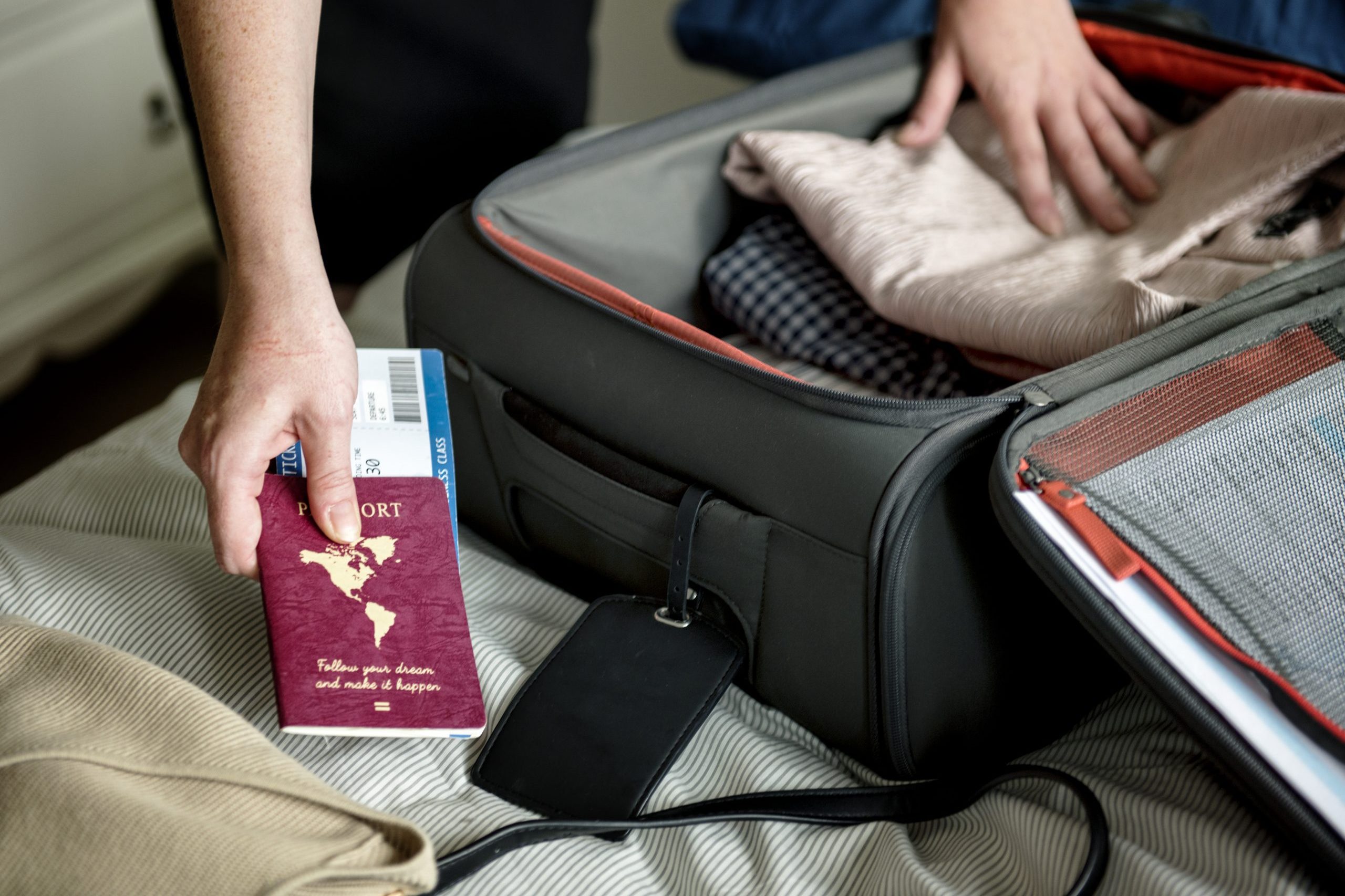3 types of Korean food that can only be tasted in Korea
Here are five unique Korean dishes that you can only fully experience when visiting Korea, along with recommended places to try them:
Before you pack your bags for Korea in 2024, remember to secure your K-ETA approval in advance. You can easily apply through ETAPORTAL and get ready for an exciting adventure in Korea!
1. Han-jeongsik (한정식) – Traditional Korean Full-Course Meal
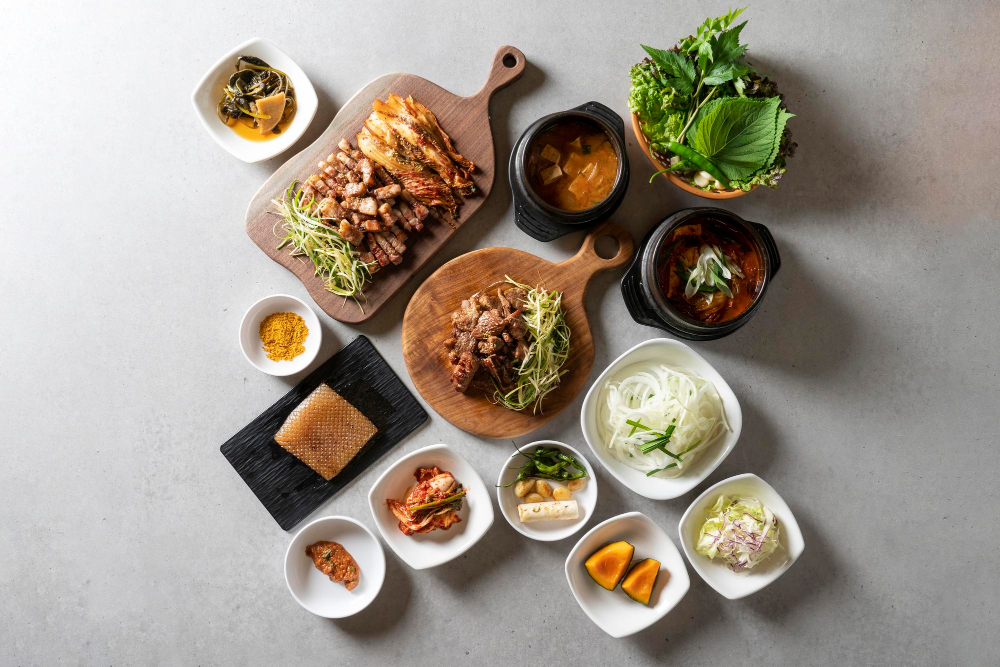
- Description: Han-jeongsik is a traditional multi-course Korean meal that offers a sampling of various Korean flavors and textures.
- Each meal typically includes an array of dishes such as rice, soup, grilled or braised fish, marinated meats (like bulgogi), and a variety of banchan (side dishes) like kimchi, pickled radishes, and seasoned vegetables.
- The assortment showcases the breadth of Korean cuisine, from fermented flavors to fresh, savory, and umami tastes. Traditionally, this meal was served in royal courts or to honored guests, making it a luxurious experience today.
Recommended Places:
- Gaon in Gangnam, Seoul: This Michelin-starred restaurant takes han-jeongsik to a modern, refined level, focusing on using fresh, local ingredients with innovative plating. Gaon carefully balances authenticity with modernity, presenting each dish as a work of art and combining traditional flavors with a contemporary twist.
- Sarangchae in Jeonju Hanok Village: Located in Jeonju, the birthplace of han-jeongsik, Sarangchae offers an authentic experience in a traditional hanok setting.
- Guests can enjoy the meal in a calm, cultural atmosphere, allowing them to feel the essence of traditional Korean food dining surrounded by beautiful hanok architecture.
2. Samgye-tang (삼계탕) – Ginseng Chicken Soup
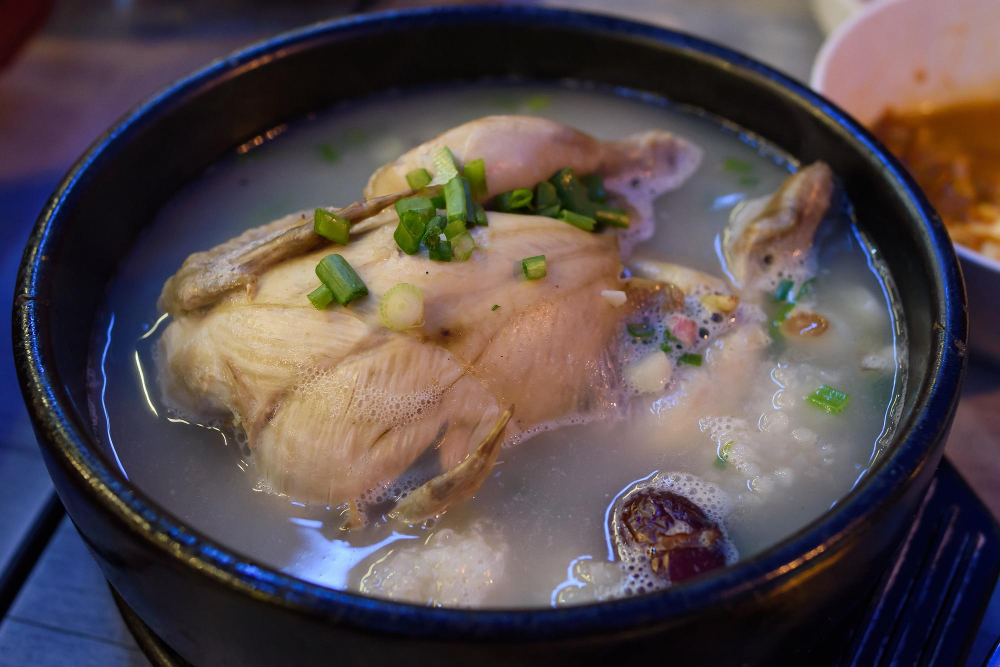
- Description: Samgye-tang is a restorative Korean dish often enjoyed in the summer to help combat the heat with nutritional energy. This soup is made by slow-cooking a whole young chicken, stuffed with glutinous rice, fresh ginseng, jujube (Korean date), and garlic. The result is a rich, savory broth that extracts the flavors and medicinal qualities of the ingredients, especially the ginseng, which is known for its health-boosting properties. Samgye-tang is often consumed during “boknal” (the hottest days of summer) as part of the Korean tradition of balancing body heat.
Recommended Places:
- Tosokchon Samgyetang near Gyeongbokgung Palace, Seoul: This iconic restaurant is famous for its flavorful and hearty samgye-tang. Their signature broth is rich and aromatic, with tender chicken and ginseng flavors that appeal to locals and tourists alike.
- Baekje Samgyetang in Insa-dong: This restaurant is renowned for its use of fresh, high-quality ginseng, and it offers a slightly lighter yet fragrant broth. Located in a popular traditional area, Baekje Samgyetang is ideal for a relaxing meal after exploring Seoul’s cultural sites.
With K-ETA pre-clearance, travelers experience a quicker and more efficient immigration process, reducing wait times at the airport.
3. Jinju Bibimbap (진주 비빔밥) – Jinju-style Mixed Rice
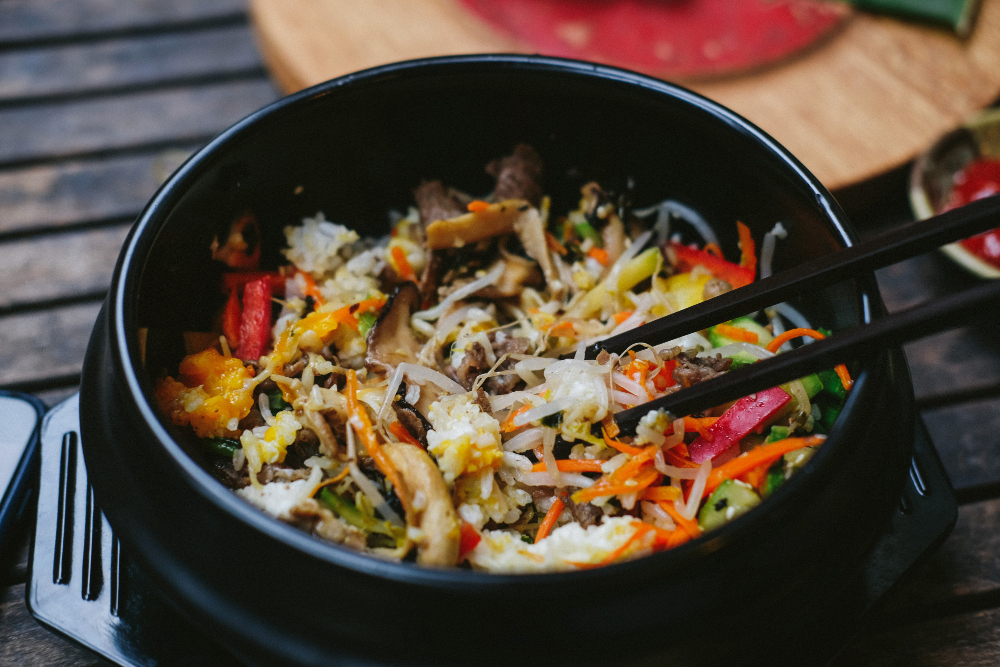
- Description: Samgye-tang is a restorative Korean dish often enjoyed in the summer to help combat the heat with nutritional energy. This soup is made by slow-cooking a whole young chicken, stuffed with glutinous rice, fresh ginseng, jujube (Korean date), and garlic. The result is a rich, savory broth that extracts the flavors and medicinal qualities of the ingredients, especially the ginseng, which is known for its health-boosting properties. Samgye-tang is often consumed during “boknal” (the hottest days of summer) as part of the Korean tradition of balancing body heat.
Recommended Places:
- Tosokchon Samgyetang near Gyeongbokgung Palace, Seoul: This iconic restaurant is famous for its flavorful and hearty samgye-tang. Their signature broth is rich and aromatic, with tender chicken and ginseng flavors that appeal to locals and tourists alike.
- Baekje Samgyetang in Insa-dong: This restaurant is renowned for its use of fresh, high-quality ginseng, and it offers a slightly lighter yet fragrant broth. Located in a popular traditional area, Baekje Samgyetang is ideal for a relaxing meal after exploring Seoul’s cultural sites.
The KETA is valid for multiple entries during its validity period, making it highly convenient for frequent visitors to South Korea.
Important Note for Travelers: Applying for K-ETA
To visit South Korea, travelers from certain countries are required to apply for a K-ETA (Korea Electronic Travel Authorization) before their arrival. ETAPORTAL offers assistance in completing the K-ETA application, ensuring you meet all the necessary requirements for a smooth and hassle-free entry into South Korea.
